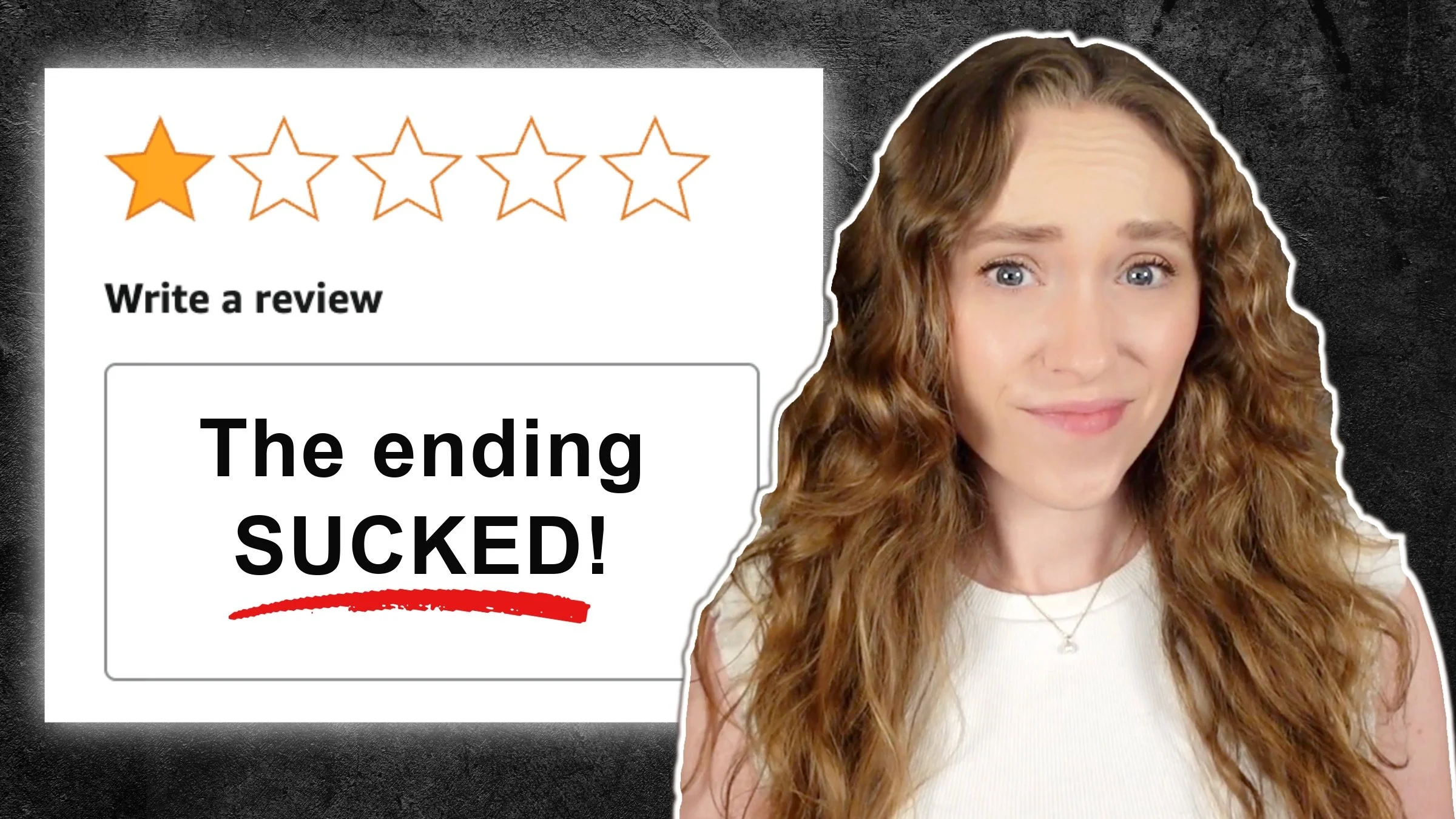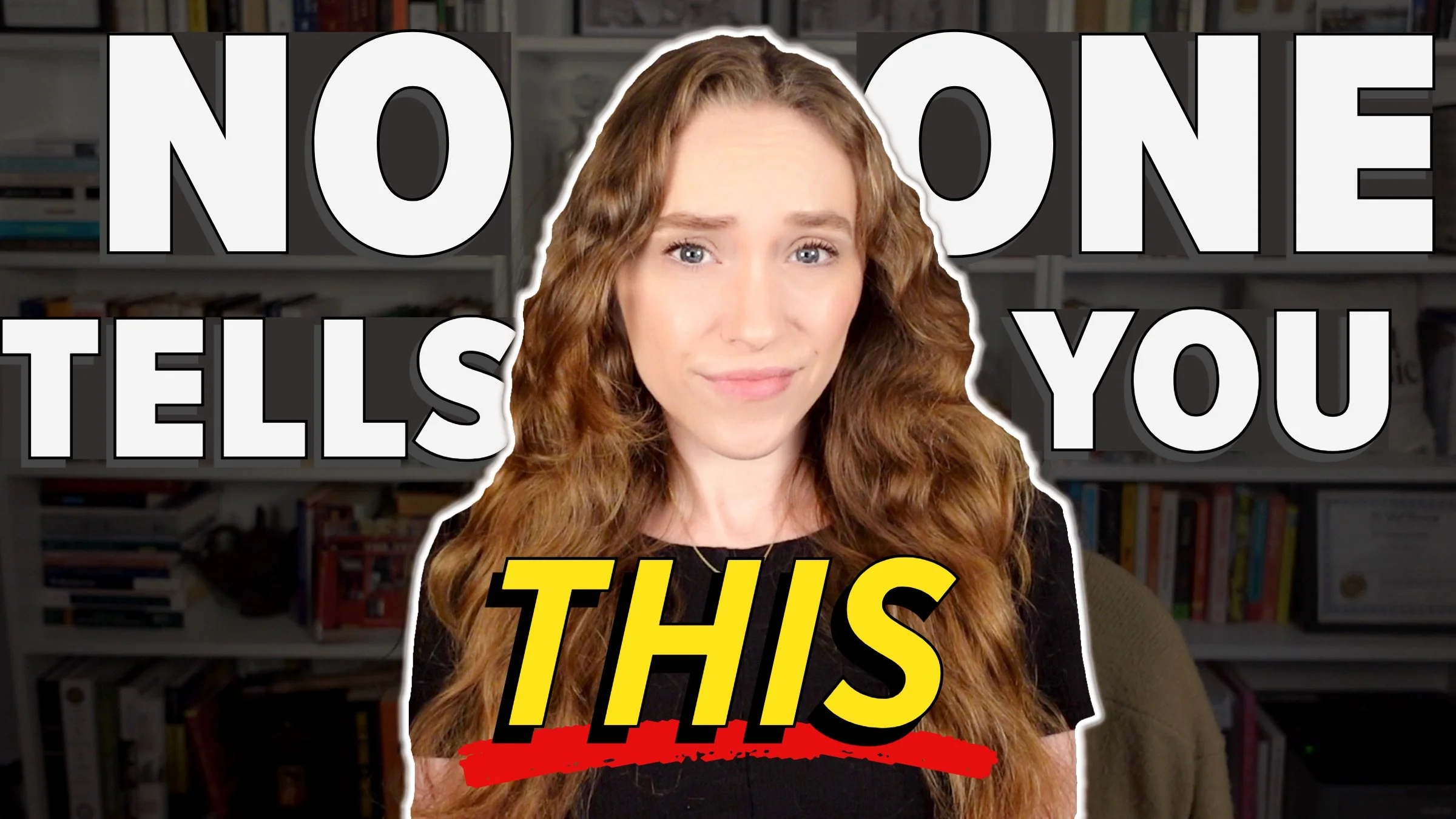Plotting vs. Pantsing: Which Method Creates the Best Novel?
HIT PLAY OR READ THE POST BELOW:
Plotting vs. pantsing is an endless source of debate and discussion within the writing community. As a book editor who has edited hundreds of novels over the course of my career — some plotted, others pantsed — I’m going to weigh in on which approach I feel produces the strongest draft.
Let’s start with some definitions.
What is plotting?
Plotting involves creating a detailed, structured outline of your story before you begin putting words on the page. The depth of the outline will vary writer by writer, but it will specify the beginning, middle, and end of the story in some capacity. Plotters may include a very detailed scene-by-scene breakdown. They may also draft other materials like character profiles or world-building details, even maps if that's pertinent to their story. Many plotters use tools like storyboards, beat sheet techniques like the Save the Cat method, or story structure frameworks like the three-act structure to guide them in their outline.
As they write, plotters will continually reference their outline, so they have a sense of where the story is going, and they'll keep everything on track that way. This process is very organized and methodical. George R.R. Martin calls plotters architects and says that:
“The architect, as if designing a building, lays out the entire novel at a time. He knows how many rooms there will be, what a roof will be made of, how high it will be, or where the plumbing will run and where the electrical outlets will be in its room. All that before he drives the first nail. Everything is there in the blueprint.”
These writers know where they're going from the beginning and have a plan on how they're going to get there. Some famous plotters include:
John Grisham
Dan Brown
Agatha Christie
James Patterson
What is pantsing?
This term comes from the phrase "by the seat of one's pants" and references the spontaneity of this approach. It truly relies on the author's creative instincts, because pantsers dive straight into writing without an outline and let the story unfold as they go. Pantsers might have a vague idea or a setting or character detail they want to play with that will spark the idea for the book, but they won't necessarily know how it's going to all play out until they get there. They discover all their specific plot points through the act of writing.
Pantsing is also known as discovery writing because you're truly discovering the story as you go deeper into it. You're letting it take whatever turns or new directions it wants to. George R.R. Martin defines pantsers as gardeners and says:
"And then there's the gardener who digs the hole in the ground, puts in the seed and waters it with his blood and sees what comes up. The gardener knows certain things. He's not completely ignorant. He knows whether he planted an oak tree, or corn, or a cauliflower. He has some idea of the shape but a lot of it depends on the wind and the weather and how much blood he gives it and so forth.”
I love this comparison to gardening because pantsing is really about nurturing the growth of your story, watering it, tending to it, and allowing it to become something beautiful. Some famous pantsers include:
George R.R. Martin
Stephen King
Margaret Atwood
Diana Gabaldon
Now that we know the differences between plotting vs. pantsing, let's get into the pros and cons of each.
Pros of Plotting
1. It cuts down on revisions
The biggest benefit to plotting is that it can reduce the amount of structural revision work you have to do in subsequent drafts to ensure continuity and cohesion in your story. The story typically stays on track better because you have that outline to work from, and you have fewer tangents and diversions.
That's not to say that plotting eliminates the developmental editing phase by any means. You may still find yourself overhauling certain parts of the story, but hopefully, most of the plot holds together because you've already thought upfront about how you're going to deliver a satisfying reading experience from the beginning to the end and take the reader on a journey.
2. It can reduce writer’s block
Plotting can also help alleviate writer's block because you already know where the story is going and don't have to sit there brainstorming what happens next. This can help maintain momentum and avoid feeling stuck once you begin writing.
3. You may finish your draft faster
Plotters also tend to finish their drafts faster because they've already decided on all of the major plot events from the outset and have fewer decisions to make once they reach the page. Another pro is that once you hit the revision stage, you already have a decent outline to start working from.
Cons of Plotting
1. It requires more time up front
The biggest con to plotting is undoubtedly the amount of time it takes upfront. There are certainly already enough roadblocks we face as writers. Plotting out your entire novel before you even begin writing it can feel like a monumental task. As such, you might continually put it off forever or simply never get around to doing it.
2. It may stifle your creativity
Another con is that rigid outlines can feel restrictive, and they can become stifling if, mid-draft, you want to explore a totally different angle for your story. Now you have to decide whether to pants the rest of the story or go back and re-outline it.
Some writers feel that plotting can lead to stories that feel overly mechanical or cookie-cutter, especially if you follow a certain beat sheet technique or story structure.
3. It may be less fun or exciting
Plotting can also just feel cumbersome and tiring and take some of the energy and excitement out of the writing process. It can feel like you're sitting down to do homework or a chore rather than something exciting and rejuvenating.
Pros of Pantsing
1. It gives you creative freedom
The biggest pro of pantsing is the creative freedom and flexibility that it grants you. It allows you to trust in your instincts and your intuition as a storyteller.
2. You can start writing right away
Pantsers also have a much shorter lead time to getting words on the page. They can start their draft immediately — no questions asked, no need to create a detailed outline, nothing needs to be completed in advance.
3. It may make the story and writing process feel more exciting
Novels that are pantsed might feel fresher because you aren't sticking to a rigid outline, and the story can evolve in fresh, unexpected ways as you go. You're not necessarily tied to specific plot points or specific beats that you need to hit in the story.
Pantsers might also just feel more creatively energized and engaged in the actual act of writing. They tend to be more in the moment than plotters because they're discovering the story alongside their characters, which creates a sense of awe and excitement. They never know where the next page is going to take them, which can make the entire writing experience more pleasurable and stimulating.
Cons of Pantsing
1. It often requires more editing down the line
The biggest downside to pantsing is that it can lead to more extensive structural revisions that you have to make in subsequent drafts to create a polished story from beginning to end. You might have pacing issues or plot holes or incomplete character arcs. In cases where I work with pantsers, sometimes I see a draft that feels like two totally separate novels because there's a lot of inconsistency between what's happening in the first half and the second half, or I see a story that goes on a lot of tangents that we then have to pare back and focus for the next draft.
Pantsers might feel totally energized and inspired during the writing phase but then feel super overwhelmed when it comes to revision time. They might feel paralyzed by the volume of revisions facing them to make the story well-structured and cohesive.
2. There’s a greater risk of writer’s block
Pantsers also tend to be at bigger risk of writer's block because they rely on their creative energy. If they aren't feeling that stroke of inspiration, they can get stuck.
3. It may take longer to finish a draft
Finally, pantsing a novel can take longer than plotting one because of writer's block. From the outset, you probably won't have an idea of how long the story will be or what's going to happen at the end, so you might end up spending more time producing that first draft.
Which approach wins my vote?
For me personally, I think plotting is better suited to my writing style and my work as a developmental editor. Seeing the whole roadmap of the story upfront before I begin writing is going to help keep me on track and hopefully help ensure that each scene I write justifies its place in the story. Free writing has also never been a particular strong suit of mine, so the structure of plotting also makes more sense on that front.
I firmly believe that every writer should give themselves the time and the space to discover the writing process that works best for them. There is no right or wrong way to write, and both plotting and pantsing are completely valid. I've worked with incredible authors who fall on both ends of the spectrum and those who fall somewhere in between. Some authors use the term "plantsers" to reference that they incorporate aspects of both approaches, and some authors I've worked with will pants some novels and plot other ones. So remember that your writing process is allowed to grow and evolve as you, as a storyteller, do.
Thank you so much for reading, and happy writing!






